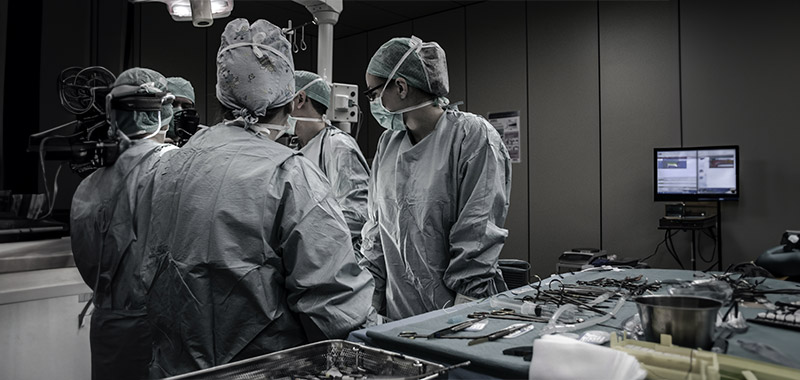
Working at a university, in an academic environment, often means daily interactions with students. And this seemingly routine encounters might cloud our vision to the reality behind them – we are helping shape the healthcare professionals of tomorrow. Every course, every lecture, every simulation, every conversation – they all influence these young minds, creating or killing interest , opening or closing future career doors. This is, in fact, the main reason why good education is so valuable and important. It is not a value in itself, it is an investment into our future.
Maintaining and fostering interest in various areas of healthcare, throughout a very dense study programme, is no easy task. Nowadays, everyone is bombarded with a variety of information sources, and this variety can become overwhelming at times. Education should also include the abilities to filter and select the relevant, the valuable and the helpful information. Simply tossing more and more knowledge onto the students will not help with this – so we need to rethink the educational approach.
Over the past decades the relevance of adequate (interprofessional) teamwork has also become apparent. Modern healthcare is a team effort – and education should reflect this fact. As of today, still most healthcare professionals are mostly educated in silos – during university interactions with the future colleagues from other professions are very limited, if any.
All of the above aspects can be addressed through an established, yet pretty much underutilised technique – simulation. Anyone who has experienced first-hand the interest, the enthusiasm and the learning achievements of even young and inexperienced students after a clinical simulation session would probably agree. While simulation can not replace other forms of teaching, it can most certainly complement those and help in many ways. During a simulated case and, most relevant, during the reflective debriefing afterwards, students are immersed into the reality of their future profession, learning it from the inside. Interprofessional simulation sessions are the best modality to learn to know the ways of working and thinking of all professionals involved in patient care. The earlier this is done on one’s educational career, the better. And last but not least, during the reflective debriefing methods of prioritising and, if necessary, filtering information can be discussed. All of these aspects, among others, make simulation a valuable tool in the educational toolbox we should use to offer our students the best possible education.
While this is a very optimistic note, one should also understand that, just like any other tool, simulation based education also needs to be handled carefully and knowledgeably. In order to use this type of education to its full potential, moreover in order not to cause any harm by employing it, educators need to be familiar with the proceedings, options and limitations of it. This can not be achieved through long standing clinical or academic practice alone. A specialised education is needed for the educators in this field – fortunately, nowadays more and more universities and organisations offer such education. Simulation also requires a certain level of technology to be used – which level is really depending on the learners and the learning goal to be achieved, but in its usage simulation is definitley more technology-intensive than other forms of more traditional teaching. Given the fact, however, that most universities are already equipped with simulation technology, it is most often just a matter of using what is already there – sometimes even in terms of personell. And in the end, it more or less boils down to an aspect known for a very long time – good education is resource-intense, and has always been.
The SAFETY project aims at creating a simulation based curriculum, complete with cases and the theoretical background, for emergency medicine across Europe. It does include self-reflection, interprofessional training and a variety of cases from simple to complex. With all the materials created, any universtity can replicate the curriculum with minimal effort, thus helping to spread this valuable educational method even further and helping create the best future healthcare professionals.
Written by Marc Lazarovici and the LMU team



